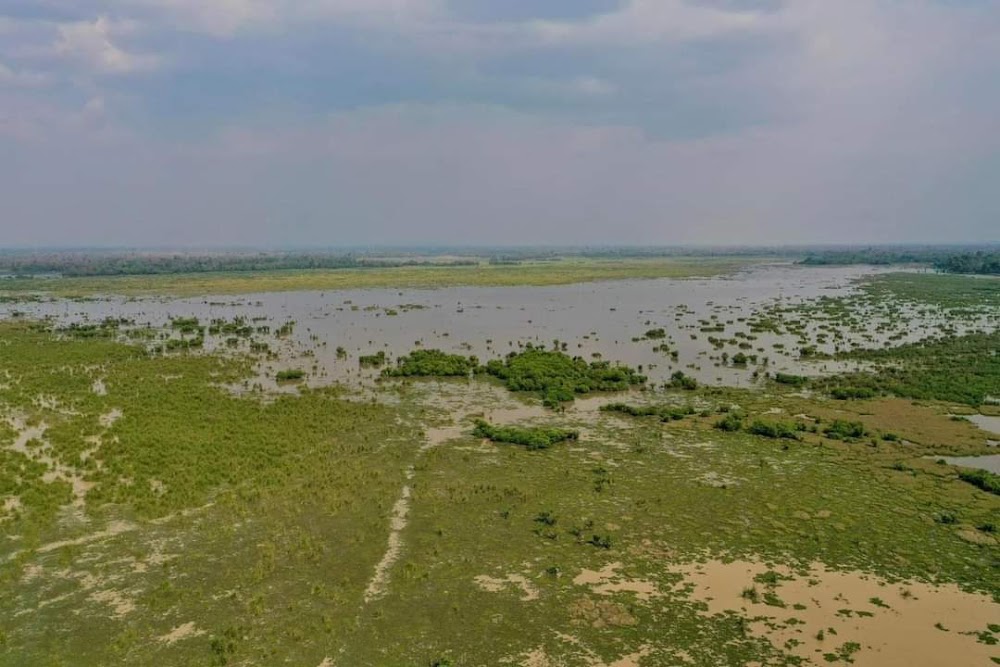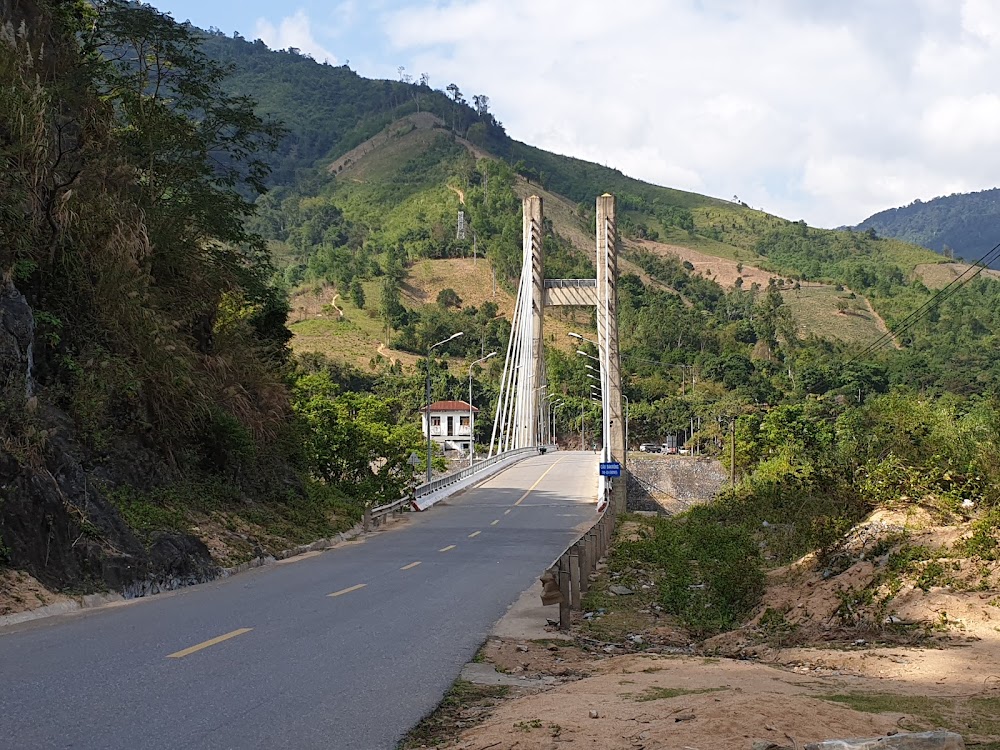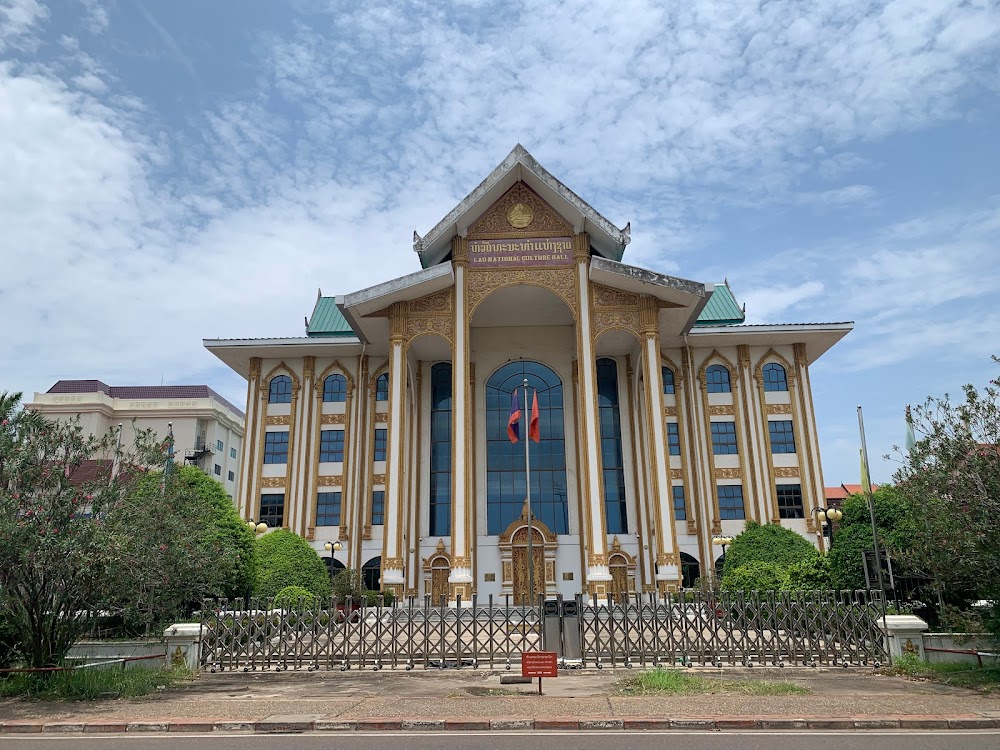Xe Pian National Protected Area (ເຂດປ່ອງປັກຮັກສາເຊເປຍັນ)
Overview
Nestled in the southern region of Laos, Xe Pian National Bio-Diversity Conservation Area, also known as the Xe Pian National Protected Area, stands as a testament to the nation's commitment to safeguarding its rich natural heritage. Located near the city of Attapeu, this vast conservation area encompasses an impressive 240,000 hectares, making it one of the most significant protected areas in Laos.
The origins of Xe Pian trace back to 1993, when the Laotian government recognized the alarming rates of deforestation and biodiversity loss affecting the region. In collaboration with international conservation organizations, they pinpointed Xe Pian as an area in urgent need of protection due to its incredible biodiversity and unique ecosystems. The landscape is a tapestry of evergreen forests, wetlands, and grasslands, providing habitats for a multitude of wildlife species.
Establishing the Xe Pian National Protected Area was no small feat; it required the concerted efforts of local communities, government agencies, and international partners. One of the initial steps involved conducting comprehensive surveys to identify biodiversity hotspots within the area. Conservationists and scientists undertook extensive field research, documenting the various flora and fauna present in Xe Pian. Their findings revealed a remarkable array of wildlife, including endangered species such as the Asian elephant, tiger, and Gaur, a type of wild cattle.
A crucial element of the conservation area's success has been the active involvement of local communities. Many villagers rely on the forest for their livelihoods, engaging in activities like hunting, fishing, and gathering non-timber forest products. Through numerous consultations with local leaders and residents, the government and conservationists educated the community on the importance of biodiversity preservation and explored sustainable alternatives for their livelihood.
Creating a balance between wildlife protection and supporting local populations posed significant challenges. To address this, eco-tourism programs were introduced as a sustainable income source. Local residents were trained to become eco-tour guides, and homestays for visitors were established. These initiatives not only provided families with income but also fostered a sense of conservation awareness among the community.
To combat illegal logging and poaching, ranger stations were established throughout the protected area. Rangers, often recruited from local communities, received training to monitor wildlife and enforce conservation laws. The construction of these stations, supported by international funding and local labor, created job opportunities while instilling a sense of ownership among community members.
Ongoing ecological research and monitoring are vital for the effective management of Xe Pian. Partnerships with universities and research institutions facilitate continuous studies on the area's biodiversity. The data collected aids in making informed decisions regarding conservation strategies, ensuring that they can be adapted to address emerging threats as necessary.
Furthermore, environmental education programs have been initiated to foster a conservation mindset among the younger generation. Schools in the surrounding areas include lessons on the importance of biodiversity and the role of the Xe Pian National Protected Area. This educational initiative aims to instill respect for nature and conservation principles in children from an early age.
Over the years, Xe Pian has faced various challenges, such as illegal activities and encroachment on protected lands. However, relentless efforts by the government, local communities, and international conservation organizations have gradually established a robust framework for protection and sustainable management. This collaborative approach has proven essential to the area's success, illustrating that conservation efforts can flourish when shared responsibility and mutual benefits are prioritized.
Today, Xe Pian stands as a beacon of biodiversity conservation in Laos. It not only safeguards countless species of wildlife and plants but also serves as a crucial watershed for the region. The successful blend of conservation strategies and community involvement has made Xe Pian National Protected Area a model for sustainable conservation efforts throughout Southeast Asia. This enduring commitment to preserving this natural treasure ensures that future generations will continue to enjoy and benefit from the rich biodiversity of Xe Pian.






